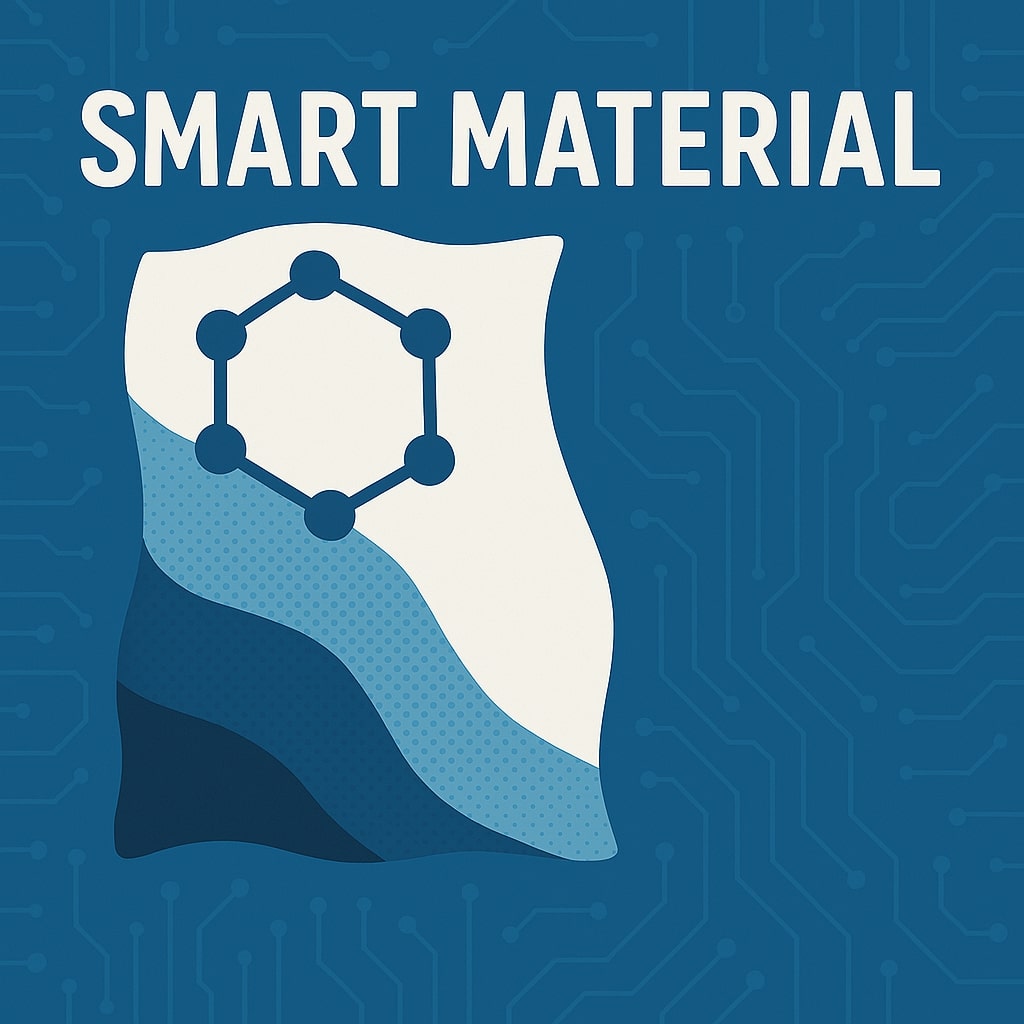Microfabrication and Ionic Liquid Functionalization of Geopolymer Memristors to Improve Memristive Switching Properties and Device Longevity
Date
2024
Physical Reservoir Computing with Geopolymer Memristors Geopolymer-based Artificial Synapses Geopolymer-based Novel Low-cost Memristors driven by Electroosmosis Geopolymer Nanocomposites for Piezoelectric Energy Harvesting

In this project, I fabricated Ti-TiB nanocomposites using vacuum sintering at 1200°C under an argon atmosphere. After metallographic polishing, the samples were subjected to a comprehensive mechanical characterization across nano, micro, and macro scales. For nano- and microscale evaluations, I utilized the Bruker Hysitron TI980 Nanoindenter, performing nano-indentation on both Ti and TiB phases to map properties such as Young’s modulus and hardness. To investigate crack formation, I applied a higher-load transducer; however, due to the ductile nature of the materials, no cracking was observed. As an alternative, I conducted scratch testing at five different load levels for each sample type to estimate fracture toughness.
For macroscale mechanical characterization, I employed a Dynamic Mechanical Analyzer (DMA) and a fatigue tester from TestResources. Testing was also conducted at elevated temperatures using a furnace enclosure, with temperatures reaching up to 350°C to determine the temperature-dependent Young’s modulus of larger specimens. Additionally, the microstructure and surface characteristics were examined using various metrology techniques, including X-ray diffraction (XRD), scanning electron microscopy (SEM), energy-dispersive X-ray spectroscopy (EDS), X-ray microtomography, profilometry, and scanning probe microscopy (SPM).